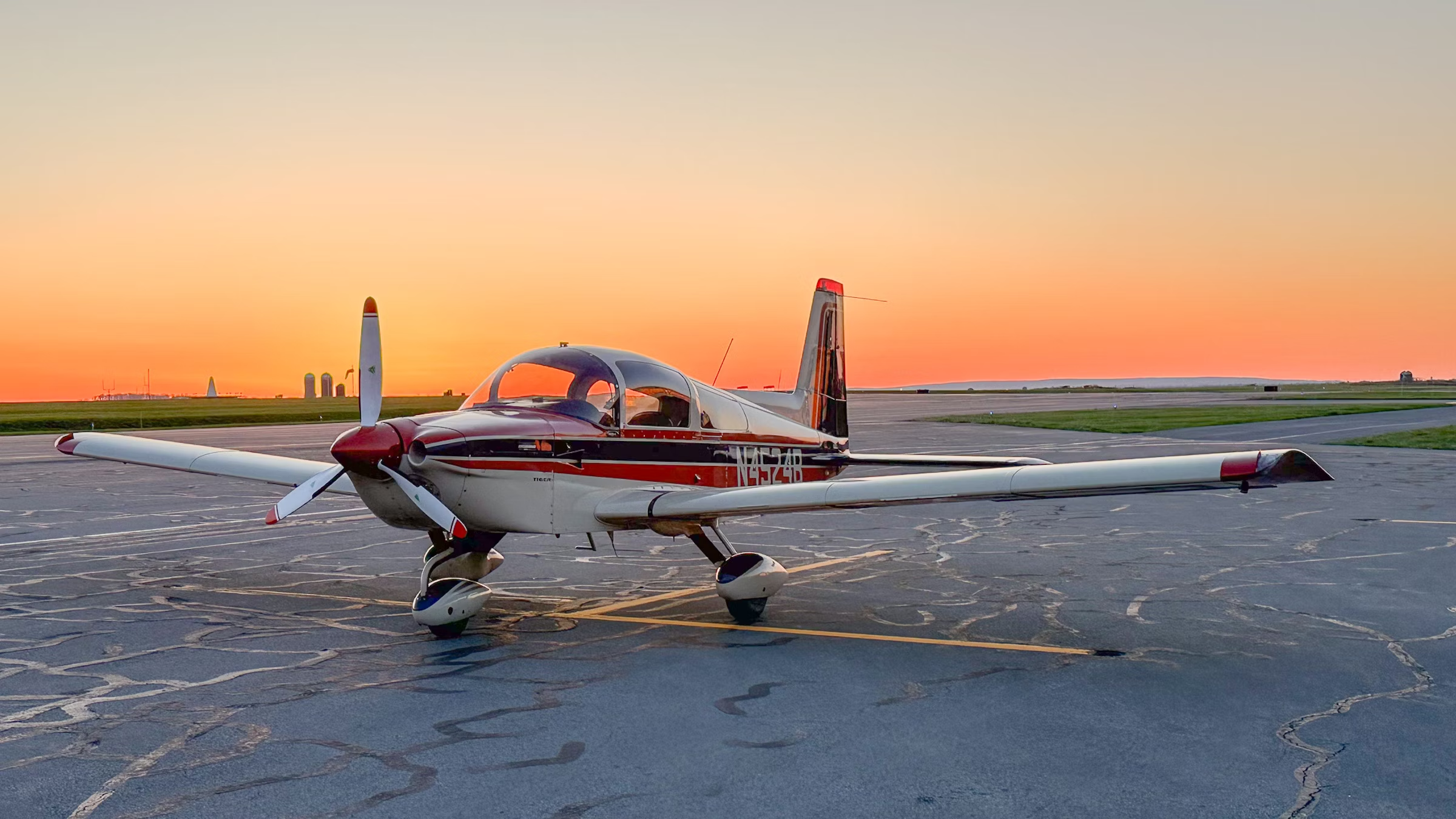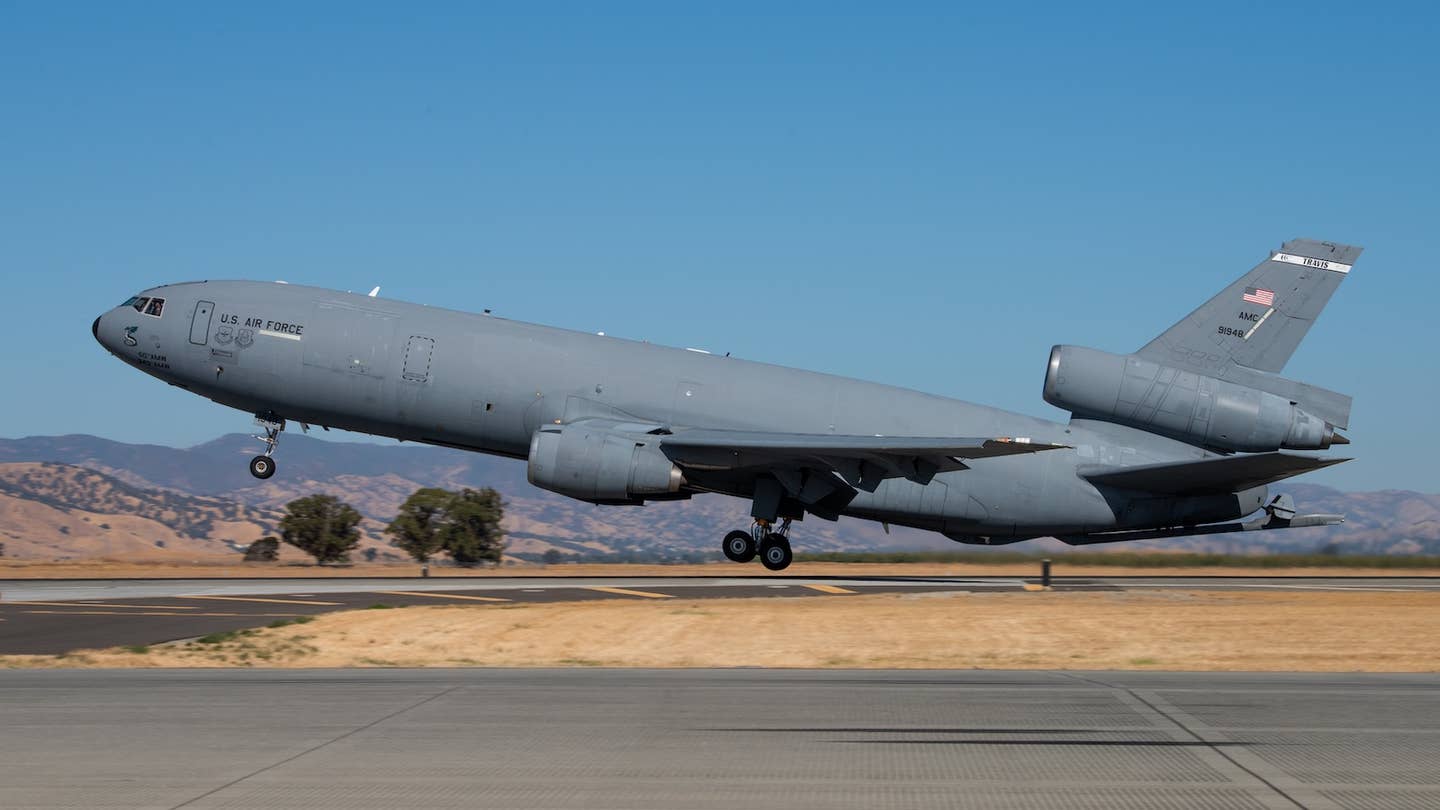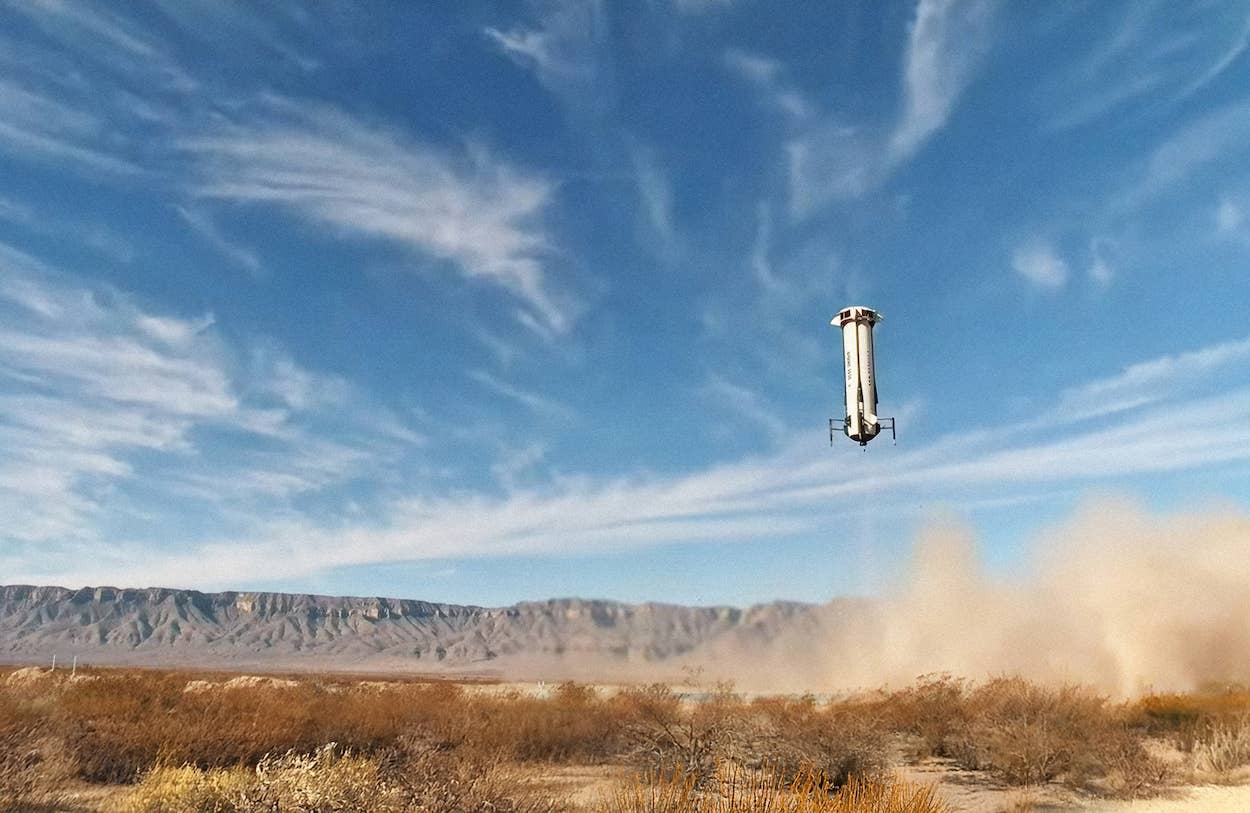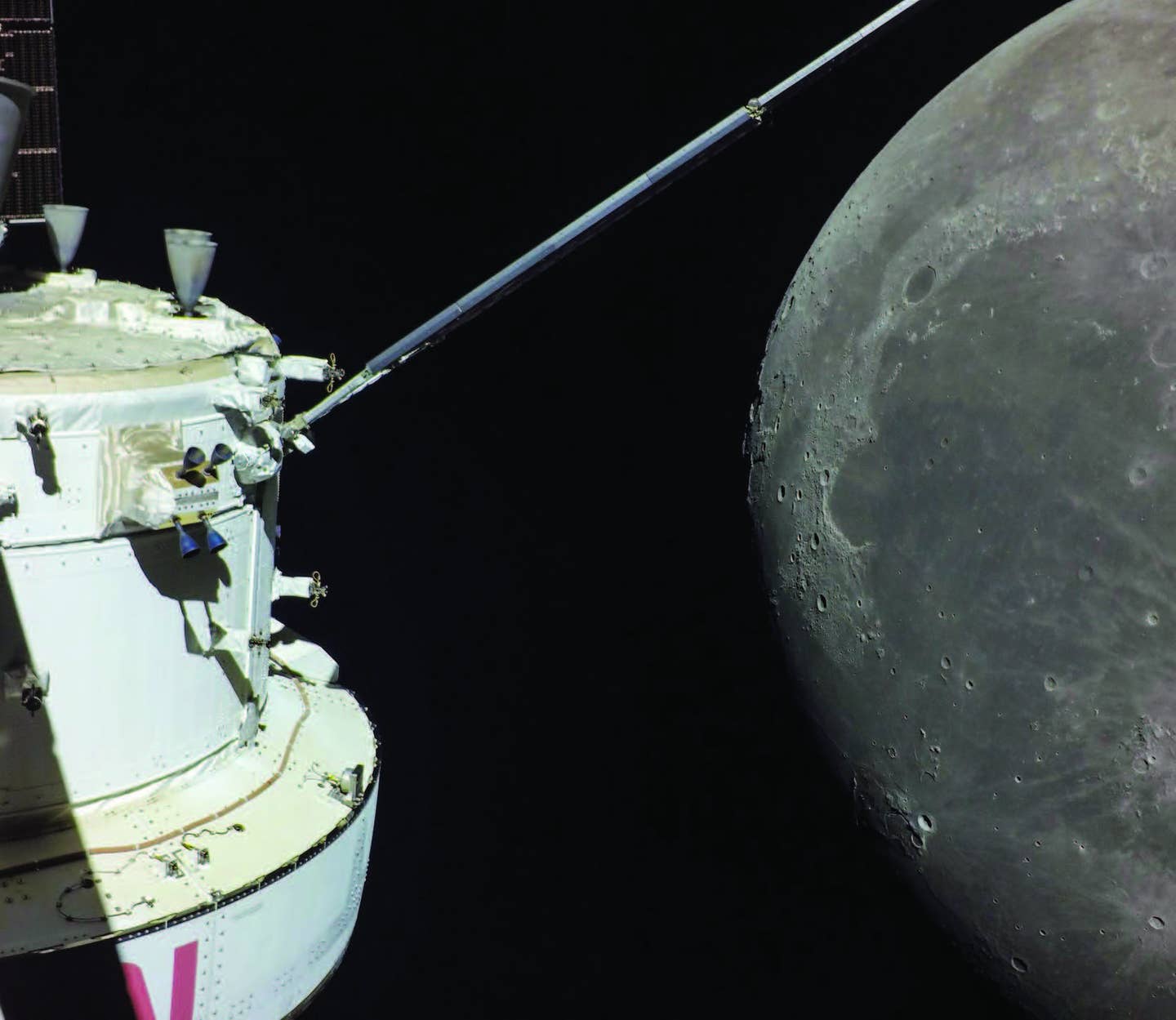Here Comes That Hydrogen Power
Sirius Aviation plans to certify and produce two models by 2028.
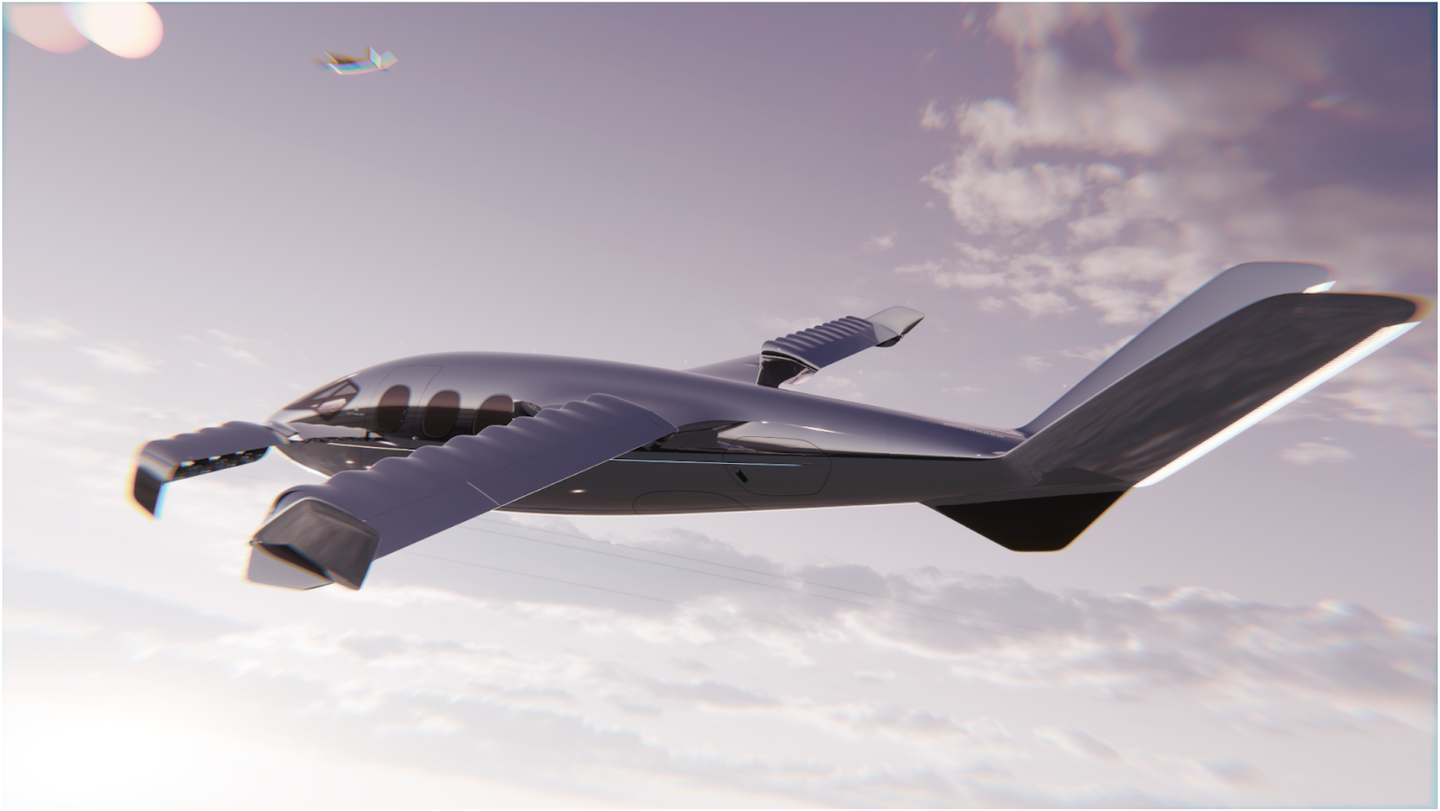
Sirius Aviation is looking to shake up the business aviation and cargo segments with two flagship models—the CEO Jet and Adventure Jet. [Courtesy: Sirius Aviation]
Swiss manufacturer Sirius Aviation believes it will be the first in the aviation industry to introduce a family of hydrogen-powered, zero-emission, vertical takeoff and landing (VTOL) capable jets before the end of the decade.
The company is looking to shake up the business aviation and cargo segments with two flagship models—the CEO Jet and Adventure Jet, each of which are intended to cruise at 280 knots and whisk passengers away in lavish digs. Sirius unveiled the aircraft in June at the MOVE Expo in London.
If you're not already a subscriber, what are you waiting for? Subscribe today to get the issue as soon as it is released in either Print or Digital formats.
Subscribe NowAlexey Popov, Sirius’ founder and CEO, comes from a family of aviation research and development specialists. Popov believes that heritage gives the firm a leg up over competitors, such as the hydrogen-powered design unveiled in July by electric vertical takeoff and landing (eVTOL) aircraft manufacturer Joby Aviation.
Soviet Roots
Popov and his parents were all born in the former Soviet Union. From a young age, he remembers hearing news reports about the impending consequences of pollution and global warming, a passion of his that carried into adulthood.
Naturally, Popov took an interest in aircraft that could solve those problems. He remembers the maiden voyage of the Tupolev Tu-155—the world’s first experimental aircraft operating on hydrogen, built from a modified Tu-154 airframe—in 1988. The aircraft’s successor, the Tu-156, was never built due to the collapse of the Soviet Union.
But the Popov family never left the aviation field. Alexey’s father, Viktor Popov, had been involved in the trade of aircraft parts to buyers in Asia. When the family moved West, Viktor founded the private Ukrainian company FED, which later morphed into a designer and manufacturer. Sirius would spin off from FED in 2021.
According to Alexey Popov, much of the aviation technology that had received investment from the Soviet government remained in Russia and Ukraine, where it was dispersed among private companies.
“These technologies actually were built in Ukraine and we today just own them, because the science grew up there,” he said. “Sirius Jet is just a successor of these technologies, and this history is now run by me as a family member.”
Popov and his father both studied aerospace, particularly engine design. Alexey holds a master’s in aviation engine design from the Kharkiv Aviation Institute at Ukraine’s National Aerospace University. He then spent about 20 years working in aircraft maintenance. Popov, also a private pilot, flies a Cirrus SR22 GTS that he used to complete a transatlantic flight in 2019.
The Right Time for Hydrogen
Alexey Popov noted that in 2023 at the COP28 United Nations Climate Change Conference in Dubai, United Arab Emirates there was a renewed push for the development of hydrogen technology, including the certification and production of hydrogen fuel.
“And, of course, where can you find these technologies?” Popov asked. “Only in those spots, in those minds of engineers that spent many years, many generations developing these technologies.”
- READ MORE: A First Look at Joby’s eVTOL Future
Popov said that in 2020 he believed the aviation market was ready for hydrogen aircraft. He cited the availability of hydrogen storage and transportation technology, similar to those used in the rapidly growing spaceflight industry.
Seeing an opportunity, he approached BMW Designworks, the creative design studio of automaker BMW that does work for luxury automakers, aircraft manufacturers, and even drone manufacturers. Designworks agreed to help Popov create a jet designed around a zero-emission hydrogen propulsion system.
According to the Sirius CEO, using solely electric batteries, a design choice often seen on eVTOL air taxis, never crossed his mind.
“Batteries cannot store enough,” Popov explained. “It’s not enough power density, and there is no future that is visible today for them to increase that significantly.”
In place of battery packs is a hydrogen-electric powertrain that runs on liquid hydrogen stored in a cryogenic fuel tank. Air is drawn through the jet’s intake and cooled before passing through the tanks and into a fuel cell stack. There, it combines with hydrogen to produce water vapor, electricity, and some heat.
The powertrain distributes electricity generated by the fuel cell stack across battery packs into 28 small engines, which themselves are distributed across the wing and canard. The packs will be active for only 90 seconds per flight cycle and do not need to be replaced, according to Sirius. They can also be recharged during flight as the aircraft cruises on its fixed wings.
Setting Sirius apart further is its use of electric ducted fans, a technology seldom seen on any aircraft type. The Lilium Jet, under development by German manufacturer Lilium, is one example. Fortunately for Popov, Sirius happens to produce electric ducted fans and blades in house.
“Ducted fans are the most efficient technology which we have in house,” he said.
The trade-off for ducted fans is reduced efficiency in the hover phase in exchange for greater efficiency during cruise flight. An added benefit is noise reduction—according to Sirius, its jets will produce just 60 dBA of noise at a distance of 325 feet, about the volume of a typical conversation. The company claims its aircraft will be up to 95 percent quieter than helicopters.
In addition to blades and ducted fans, Sirius and its affiliates are involved in the production of electric motors, central computers, and cryogenic fuel tanks. According to Popov, the only key technology Sirius does not produce in house are fuel cell stacks, but the company is working to develop a proprietary solution. The company will acquire an avionics system from a larger provider, such as Honeywell, Garmin, or Collins Aerospace.
A full-scale hydrogen-electric propulsion system was presented and demonstrated by Sirius on January 17 at Payerne Airport (LSMP) in Switzerland. Accompanying it were mock-ups of the exterior of the CEO Jet and Adventure Jet.
“This vehicle has the philosophy of a flying Rolls Royce when you need to get from Point A to Point B with maximum comfort and use point to point flight, avoiding any infrastructure, airports, busy hubs and so on,” Popov said of the former model. “This is the idea: You sit here, you get off there.”
The CEO Jet will seat up to three passengers and is being designed for the private business aviation segment. It has an expected range of 1,000 nm, cruise speed of 280 knots, and payload of 1,350 pounds. The jet would in theory be rangy enough to create a network roughly connecting New York City; Chicago; Kansas City, Missouri; New Orleans; and Miami.
The Adventure Jet, meanwhile, is being designed for passenger and cargo transport. Popov envisions owners flying family, friends, and tourists to remote beaches and jungles. The model will be a more advanced version of the CEO Jet, with double the engine power and the ability to hover for longer and more quickly ascend to cruising altitude. In addition to its primary use case, it could also handle medical evacuation, search and rescue, or firefighting, for example.
The Adventure Jet is designed to seat up to two pilots and five passengers, with a 3,050-pound payload and maximum takeoff weight of 7,700 pounds. It will have a range of 570 nm and cruise at 280 knots. The model will be packed with more features than its counterpart, such as GPS, Doppler radar, and even an inflatable pontoon for gliding over water.
Both aircraft are billed as customizable, with the user able to swap out interior colors, upholstery, amenities—including champagne fridges, custom bathrooms, art installations, and kitchens—lighting, and flooring materials such as marble, hardwood, or carpet. They could even pick the scent they smell when they enter the cabin. The aircraft will be built with an airframe parachute system, which would deploy automatically in case of emergency.
The CEO Jet has a list price of $5.9 million, while the Adventure Jet will be sold for $8.9 million.
Sirius is also developing the Millenium Jet as a commercial aircraft for customers such as airliners and shuttle services. It will prioritize greater capacity over individual passenger comfort.
The Flight Plan
Sirius hopes to achieve certification and begin serial manufacturing of its two flagship models before 2028. Its certification partner is Israeli firm ALD Group, which has a U.S. presence.
Popov feels confident in Sirius’ team of engineers, which he said is responsible for the design, manufacture, and certification of five aircraft. He cited the aircraft propulsion system as evidence, claiming the novel technology is paradoxically more simple than a conventional jet engine.
“A conventional jet engine has thousands of rotating parts—blades, discs, shafts. And all of that is a very difficult thing to manufacture into service,” Popov said. “And now this new technology…it simply has two rotating parts, and both of them are very simple—blades and electric motor.”
The company’s goal is to launch a shuttle network across the Americas, European Union, and Gulf Cooperation Council (GCC) countries by the end of the decade. It will not be an operator or service provider, solely performing manufacturing and certifying official third-party providers for things like maintenance and repairs.
According to Popov, the firm will manufacture propulsion systems in house and likely look to outsource the rest. He said he recently met with potential partners in Texas that could handle airframe manufacturing, for example.
Popov said he would be happy if Sirius produced 100 jets in its first year of manufacturing, but he predicted the number will likely be between 50 and 100. So far, the company has an order from Indian seaplane operator Mehair for 50 Adventure Jets and 50 options, and another order from Indonesian tourism firm Parq Development for five CEO Jets and Adventure Jets apiece.
Popov believes tourism, such as island-hopping routes, will be one of the best use cases for point-to-point, hybrid-electric flight. He predicted the CEO Jet and Adventure Jet will have significantly lower operating costs than a helicopter, despite the higher up-front purchase price.
The Sirius leader estimated that it would cost about $500 to fully refuel either jet’s tank, with a projected fuel consumption of just over 4 gph. He predicted it would cost a maximum of $300 to fly passengers for 20 minutes, meaning ticket prices from private operators might be around that range. That’s because, in Popov’s view, hydrogen infrastructure will soon be prevalent.
“In five years, the infrastructure will be everywhere, because of the investments,” Popov said.
The European Union, for example, intends to produce 10 million tons and import 10 million tons of renewable hydrogen by 2030. And already liquid hydrogen storage and transportation infrastructure is used in the fueling of rockets.
In addition, Popov said Sirius is developing in-house technology for hydrogen generation, storage, and transportation. In his view, the technology is already out there—there are just no aircraft using it yet.
This feature first appeared in the September Issue 950 of the FLYING print edition.

Sign-up for newsletters & special offers!
Get the latest FLYING stories & special offers delivered directly to your inbox



